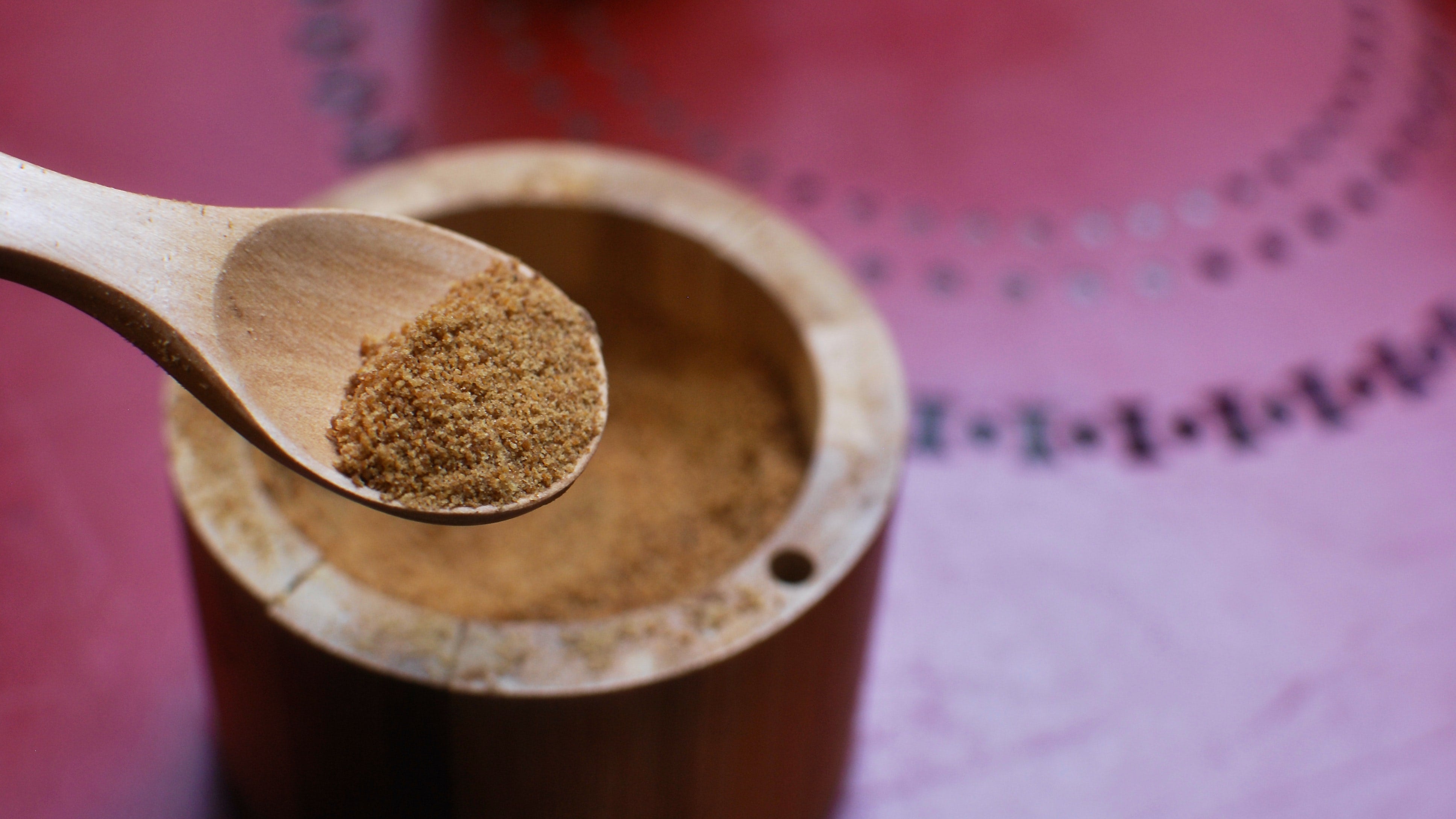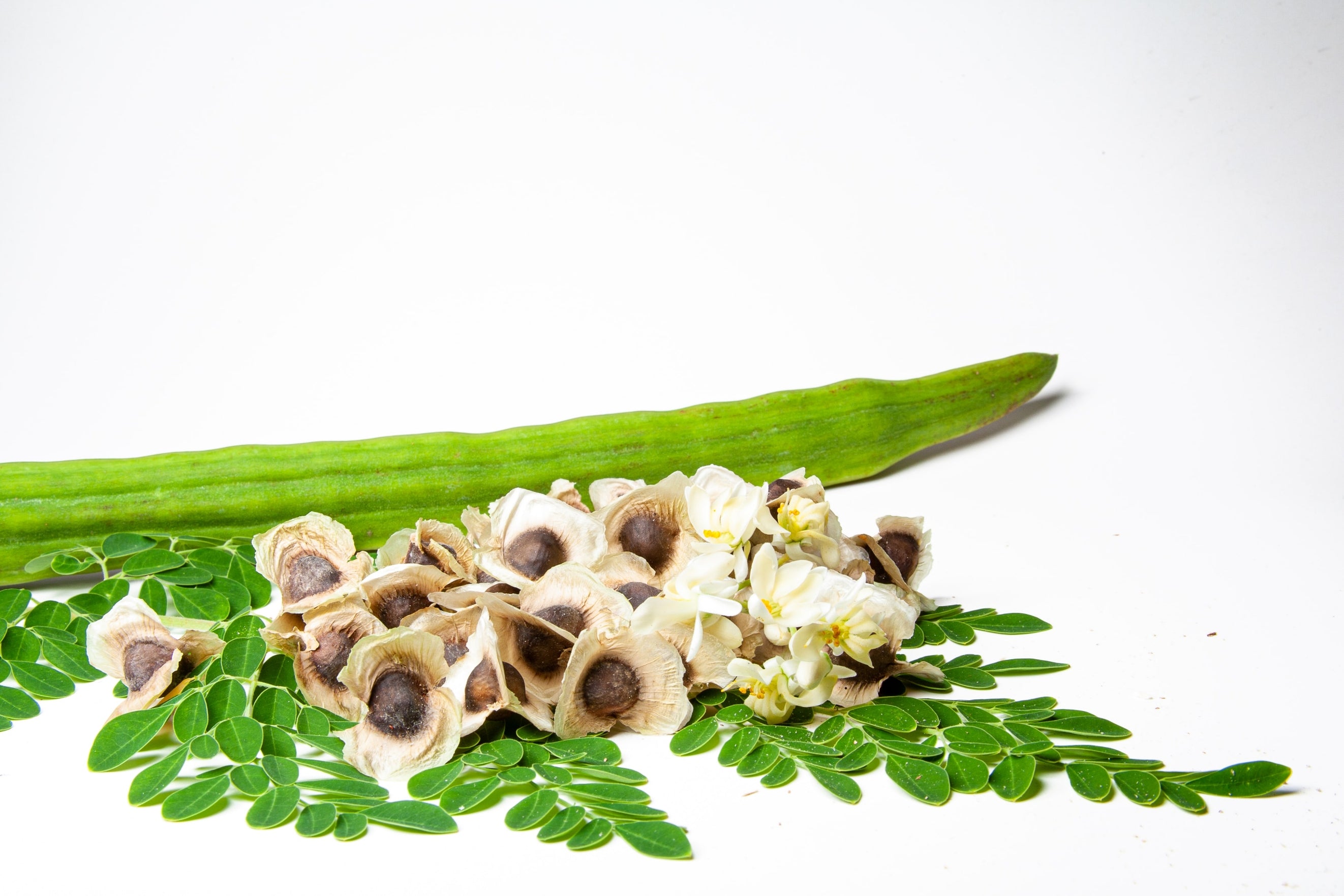Tea has been one of the most popular beverages for centuries, second in worldwide consumption only behind water, and there are good reasons for that: It’s delicious, it’s often connected to rituals, and it provides a caffeine boost. Between different varieties, growing conditions, and processing methods, it’s also an astoundingly diverse beverage. Sri Lanka is home to some of the world’s most delicious teas due to the island nation’s climate and soil, a sense of place also known as terroir for the way it can impact the final product. Because of its unique terroir, Sri Lankan tea — still referred to as “Ceylon tea” through its inseparable history with colonization — is renowned worldwide for its flavor and quality.
Tea itself comes from the leaves of a few plants in the Camellia sinensis species, which grow as shrubs or trees in the wild but are often pruned to tidy bushes for agricultural purposes. At various stages or “flushes” throughout the year, the leaves are harvested, usually by hand, then dried and packaged. Between harvesting and packaging, though, exist countless opportunities to change the outcome of the final tea, primarily through a process known as oxidation. The moment the tea leaves are plucked from the plant, oxygen begins to work its magic on the plant cells, browning the leaf and changing its flavor The level of oxidation tea leaves undergo is influenced by the teamaker’s decision to roll, crush, and/or tumble the leaves. Each step encourages further oxidation of the tea leaves, which creates differences in the final brewed pot of tea’s flavor and drinking experience. Once the tea maker is satisfied with how oxidized a harvest is, they heat the tea leaves. This process, known as fixing, prevents the tea leaves from oxidizing any further.
White, green, and black tea are three broad, traditional categories, all produced from Camellia sinensis leaves grown, harvested, and oxidized to vastly different outcomes.
White Tea
Much of what we know today about tea originated in China, where white tea seems to have emerged sometime between 600 and 1300 CE. Tea leaves first emerge as small, tender buds; these buds, along with the first unopened tea leaves, known as tips or silver needles, are used to make white tea.
Whtie tea tends to be the mildest of traditional teas, which has everything to do with the combination of its delicate ingredients and its minimal processing. White tea leaves and buds are simply harvested then withered and dried in the open air. Due to its brief oxidation period, white tea is generally lower in caffeine than other styles of tea. Such limited processing produces tea that brews into a “liquor” with lower levels of caffeine, an appearance that is pale and straw-like or even colorless, and surprisingly subtle flavors and aromas of tropical fruit and spring vegetation. . Whereas some tea wants to be brewed with water just off the boil, around 212°F, it’s advisable to steep white tea at lower temperatures, ranging from160 to 190°F, so as not to overwhelm these subtleties
Green Tea

Green tea can be traced to ancient times, all the way back to 2700 BCE. The green color remains because the leaves are almost immediately roasted, pan-fried, or toasted — or, in Japan, steamed — to stop the oxidation process. . Afterward, green tea leaves are rolled and dried.
The resulting tea can range in color from pale yellow-green to vibrant green, and can give off grassiness, sweet nuttiness, fruitiness, and even notes of seaweed and butter. While not as caffeinated as black tea, green tea does contain more caffeine than white tea, due to green tea being made with more mature leaves and involving more hands-on processing. Like with white tea, it’s usually best to brew green tea leaves at lower temperatures, from 160 to 190°F, though various traditions can also include quick steeps of boiling water or long baths of ice water.
Black Tea
Black tea is, without a doubt, what most Westerners think of when imagining tea. It is the most-available and most-consumed tea in the United States, and was created in China during the 17th century. Black tea has a very hands-on and thorough process that includes drying, bruising, and in most cases fully oxidizing, followed by rolling and once again drying the leaves.
The technique of bruising maximizes the tea leaf’s exposure to air and therefore oxidation. Since black tea is fully oxidized, it brews the darkest and most-robust liquor with a full-bodied mouthfeel and malty, dark-fruity flavors. Additionally, it contains the most tannins — the compound in beverages like tea and wine that are responsible for a mouth-drying effect — and a significantly higher caffeine content than either white or green tea. Black tea should usually be brewed with near-boiling water, around 210°F, to extract its bold flavors properly.
At Kola Goodies, we make our Sri Lankan Milk Tea with Ceylon black tea — sourced directly from two wonderful farms — to ensure bold, rich flavors tempered by caramel sweetness and creamy milk. And our Sri Lankan Mylk Tea Latte pairs this Ceylon black tea with oat milk, meaning it's both lactose-free and vegan. Thanks to the balance of caffeine and L-theanine in these teas, we were able to create a tasty Sri Lankan milk tea that boosts your energy along with offering a sense of focused calm.



Leave a comment
This site is protected by hCaptcha and the hCaptcha Privacy Policy and Terms of Service apply.